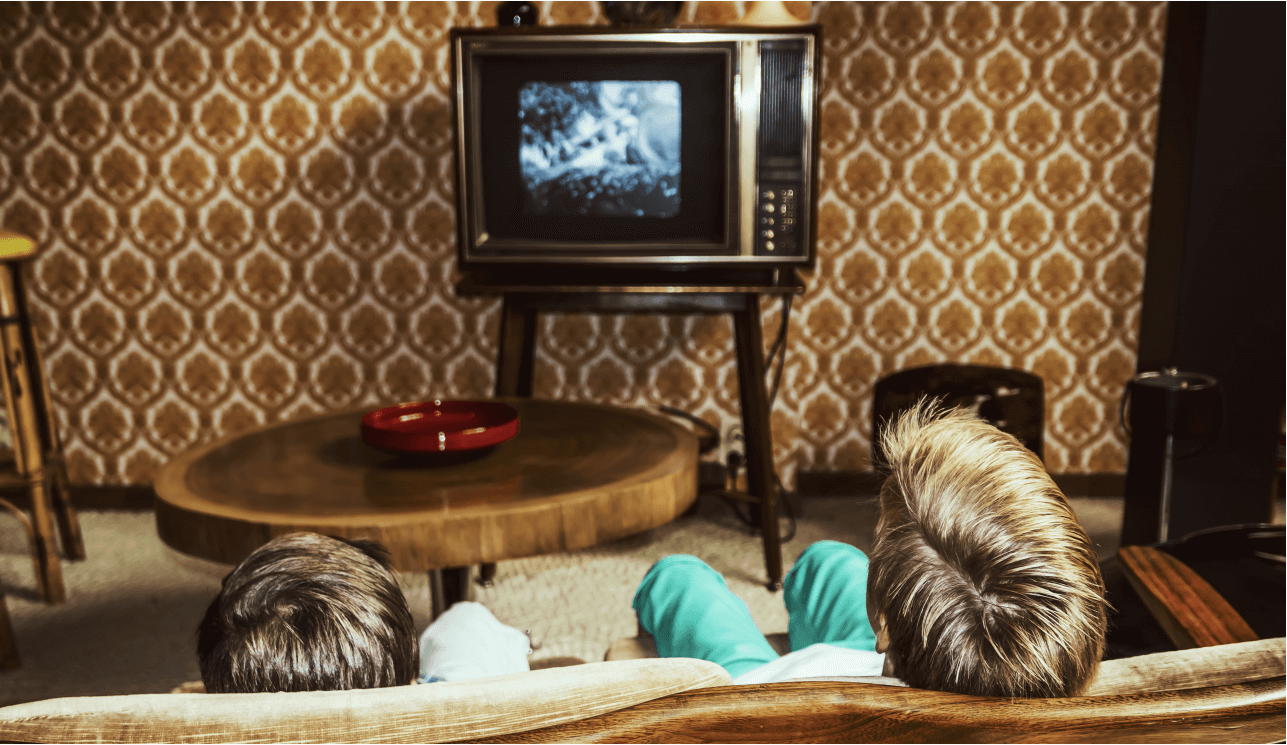
Whoever feels like they just don’t understand kids these days, clearly hasn’t talked to Zebra IQ yet. The creator community platform is at the forefront of understanding Generation Z and their annual report is a treasure trove of insights about the social media habits of people born between 1995 and 2010. While you should definitely download their full Gen Z Trends Report here, ListenFirst below has highlighted 10 key insights from the report.
Insight #1. Front-Facing Video Has Become The New Normal During The Pandemic
As Gen Z is sheltering in place, video is becoming increasingly important in how they communicate with each other. 65% of Gen Z is using FaceTime, with 9% of Gen Z using quick Zoom calls. While sharing self-shot video content on social media might have been a non starter for brands before the pandemic, it’s a video format that both the audience and brands have become increasingly comfortable with, such as stars like Eva Longoria filming a L’Oréal Paris hair commercial from her iPhone and Demi Lovato doing a photoshoot via FaceTime.
Insight #2. Facebook Is The Social Platform Gen Z Is Having Regrets About
Only 1% of Gen Z feels they’re on TikTik too much, with 19% of the demographic saying they spend too much time on Facebook. While Facebook still offers more reach, the fact that Gen Z feels so much better about their time on TikTok, signals it’s an app with a huge amount of upside for marketers.
Insight #3. Much Of The Opportunity For Brands On TikTok Is Around Challenges
A TikTok user noticed that when they bit into a plastic bottle of Martinelli Apple Juice it sounded like biting into a real apple, and immediately the rest of the platform gave it a shot, trying to determine if the sound was real. To date there have been 100 million views on TikTok of the hashtag #Martinelli and 211 million views of the hashtag #AppleJuiceChallenge. For brands, their best chance to go viral on TikTok is often to create a challenge that’s fun and easy to participate in.
Insight #4. Avatars Could Emerge As A Key Way To Do Celebrity Campaigns During The Pandemic
Saying it’s been harder in 2020 to get celebrities to make brand related appearances would be an understatement but custom avatars have been taking off on social media, and could help bring back to the star power to campaigns that can’t be shot in person. For example, Genies is the largest avatar company, is used by celebrities like Rihanna, Justin Bieber, and Jennifer Lopez, and has partnered with brands like Gucci, Frito-Lay, and New Balance. For example in a paid Instagram post, an Offset avatar samples both Flamin’ Hot and White Cheddar Cheetos with that post generating 97,704 responses.
Insight #5. Mobile Games Are Getting More Chatty
Bunch is a mobile video chat app, funded by video game publishers like Electronic Arts, Take-Two Interactive, and Ubisoft that allows players to talk to each other while they play such Gen Z friendly multiplayer games like Minecraft, Fortnite, and Flappy Bird. Having just closed a $20 million dollar funding round, Bunch has had more than 50 times more monthly active users since March, and their success is a signal that mobile video games are increasingly going to be used for messaging.
Insight #6. During The Pandemic, Live Performances Can Also Mean Gaming Platforms
While live performances in 2020 have primarily occurred on platforms like YouTube or Instagram Live, gaming platforms have also emerged as a virtual performance space that appeals to Gen Z audiences. For example an in-game concert by Travis Scott on Fortnite generated 27.7 million unique views while comedian Jenny Yang has been using Animal Crossing to host a comedy show. With many of the live events that brands traditionally sponsor indefinitely on hold, thinking outside the box and sponsoring live shows in gaming platforms is a great alternative to reach the same audience.
Insight #7. Emojis Can’t Necessarily Be Taken At Face Value
As Gen Z is the first generation raised on smartphones, the way they use emojis have more subtext and nuance. For example the sneezing emoji is often an indicator of doubt or frustration while the smiley cowboy emoji represents fake happiness that’s covering up anger and sadness. When it comes to social listening around Gen Z, understanding emoji slang can be the difference in forming the right response strategy.
Insight #8. Connecting More Important During The Pandemic
Since the pandemic started, 35% of Gen Z feel like their mental health has worsened while 29% expressed that maintaining relationships has been the hardest part of isolation. Given the current situation, social media campaigns that help connect the audience to each other will be especially welcome.
Insight #9. There’s More Opportunity For CPG Food During The Current Moment
When polled, 50% of Gen Z felt that they were spending more on food since the pandemic began. With Gen Z eating more at home, and increasingly concerned about their food budget, CPG Food brands might want to considering leveraging a company like Fooji which helps brand acquire and engage fans through giveaways, sweepstakes, and promotion such as mailing fans new food items in exchanging for Tweeting about the promotion.
Insight #10. Gen Z Cares About Social Justice, Not “Politics”
While only 24% of Gen Z self identified as being very political compared to 26% saying they’re not political at all; 90% of Gen Z says they support Black Lives Matter. Gen Z is extremely proactive when it comes to social causes, for instance BTS fans raising more than $2 million dollars for Black Lives Matter related non-profits. Brands posting on social media around just causes is both an opportunity to do the right thing and build brand loyalty among Gen Z followers.
Want to learn even more social media insights around Gen Z? Request a ListenFirst demo today!


